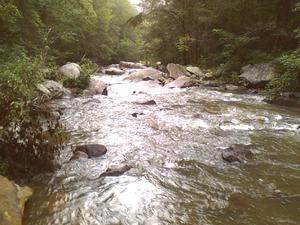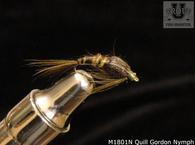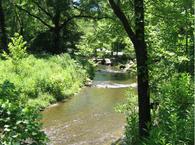
The recent flooding in the Wilson Creek area, one of North Carolina's finest drainages for trout fishing, reminded me of the dangers and rewards of trout fishing in high waters.
First, flash flood safety is the most important aspect to fishing high water. You should take special precautions when trout fishing during the summer thunderstorm season (especially in the high mountains), camping, or fishing tailwater streams.
Second, recognize that high (but not dangerously high) water represents certain rewards and challenges. Large brown trout tend to become more active during low light and stained water conditions, meaning your opportunity for a large trout can actually increase during these times. Also, fewer fishermen will be willing to brave the elements, meaning you will likely have the stream all to yourselft.
Also understand that the trout are looking for survival during high water conditions. Look for areas out of the main current. The best areas are often near the banks. Trout near the banks can not only avoid the most difficult conditions, but also take advantage of the additional food being washed into the stream from the bank. One good technique at this time I learned from James Marsh is to stand in the middle of the stream (as long as it's safe to do so) and flip a large, black wooly bugger under the trees in the water by the shore. This is similar to flipping for bass.
Another good techniqus for lure fishermen is to cast a spinner out into the main current, letting it drift in toward the shore downstream (keeping the line tight enough to keep the blade spinning), and then maintaining the lure's position for a few seconds as it reaches the limits of the line. Fly fishermen can use a similar technique, using flashy streamers (such as a flash fly) in place of a spinner.
For more info, see Dan's article on slowing down when fishing during high water.





